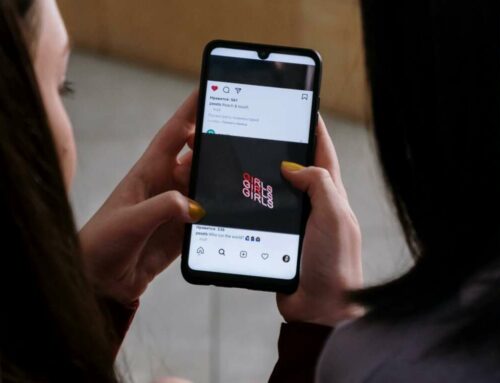
The internet age has seen numerous people become famous overnight, thanks to the phenomenon of going viral. However, the concept of someone becoming an overnight sensation is not new. The first person to go viral can be traced back to the 19th century, long before the internet and social media existed.
The person in question is none other than Phineas Taylor Barnum, an American showman and businessman who lived from 1810 to 1891. Barnum was a master of marketing and publicity, and he used his skills to create a spectacle that captured the attention of the masses.
Barnum’s most famous creation was the “Feejee Mermaid,” a creature that he claimed was half-human and half-fish. The mermaid was actually a hoax, created by combining the head of a monkey with the body of a fish. However, Barnum’s marketing genius convinced people that the mermaid was real, and it became a sensation.
Barnum’s marketing campaign for the Feejee Mermaid was a masterclass in viral marketing. He created posters and flyers that advertised the creature as a “genuine mermaid” that had been captured in the South Seas. He also leaked stories to the press about the mermaid, claiming that it had been seen by sailors and that it was a “wonder of the world.”
The Feejee Mermaid became a sensation, and people flocked to see it. Barnum charged 50 cents for admission, and people lined up for hours to catch a glimpse of the creature. The mermaid was so popular that Barnum took it on tour, and it became one of the biggest attractions of its time.
Barnum’s success with the Feejee Mermaid inspired him to create more hoaxes and spectacles that captured the public’s imagination. He created the “Swedish Nightingale,” a singer who was actually a mediocre performer that Barnum marketed as the greatest singer in the world. He also created the “Tom Thumb” exhibit, which featured a dwarf who was only 25 inches tall.
Barnum’s marketing tactics were controversial, and he was often accused of being unethical. However, there is no denying that he was a master of viral marketing. He knew how to create a spectacle that captured the public’s imagination and made them want to see more.
In many ways, Barnum’s marketing tactics were the precursor to modern-day viral marketing. He used a combination of advertising, publicity, and word-of-mouth to create a buzz around his exhibits. He also understood the power of controversy, and he was not afraid to use it to his advantage.
In conclusion, the first person to go viral was Phineas Taylor Barnum. He was a master of marketing and publicity, and he used his skills to create a spectacle that captured the public’s imagination. His success with the Feejee Mermaid inspired him to create more hoaxes and spectacles, and he became one of the most famous showmen of his time. While his marketing tactics were controversial, there is no denying that he was a pioneer of viral marketing, and his legacy continues to influence marketers to this day.


































